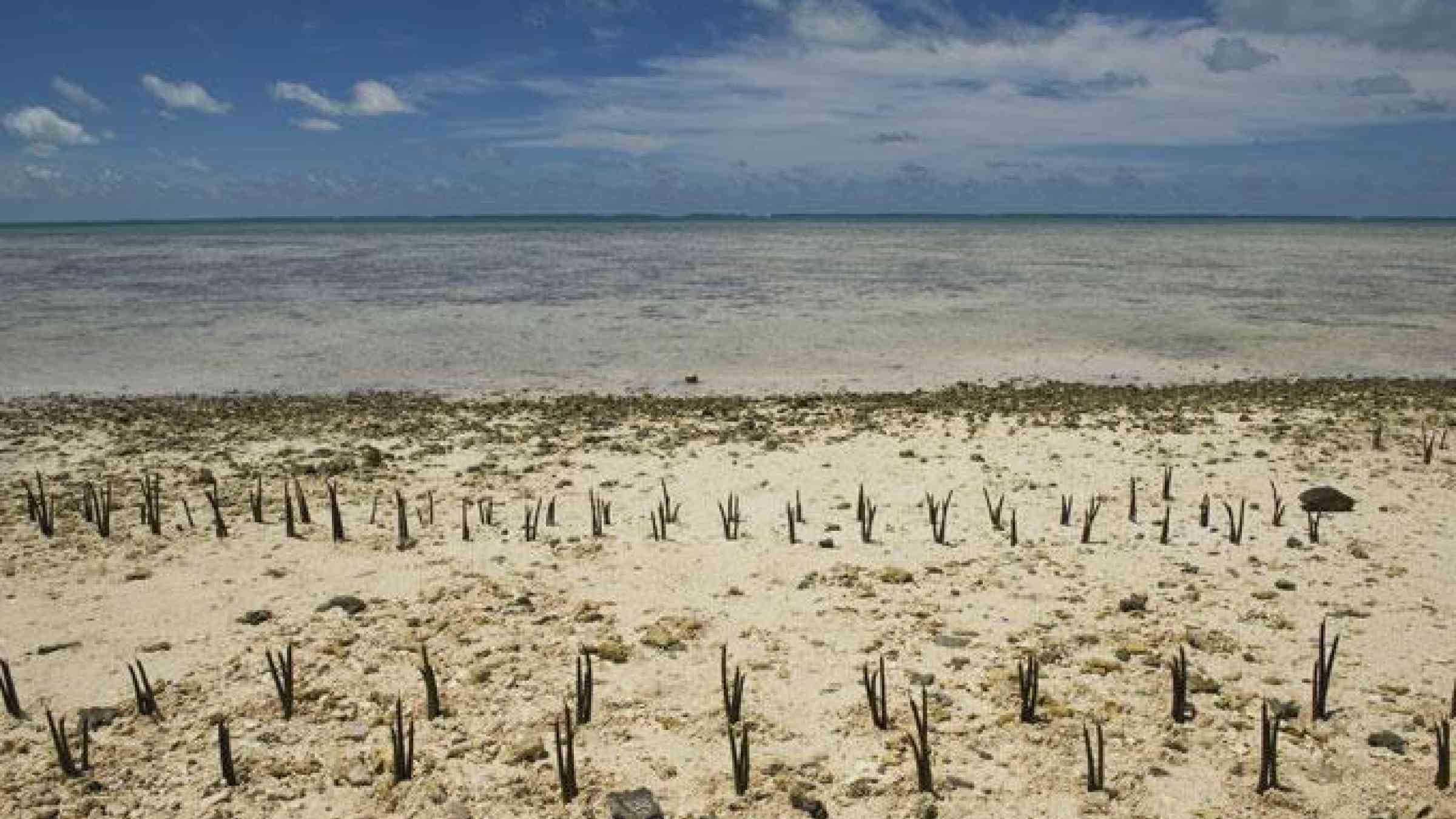Climate change is a potent element in the deadly brew of disaster risk - Opinion

By Helen Clark, Administrator of the United Nations Development Programme, and Robert Glasser, Special Representative of the Secretary-General for Disaster Risk Reduction
The Hyogo framework for action (HFA), adopted in January 2005 by UN member states, was an unprecedented move to promote saving lives and livelihoods from disasters over a decade. Has there been progress?
The Centre for Research on the Epidemiology of Disasters and major insurance companies agree that, in 2015, figures for deaths, numbers of people affected and economic losses from disasters were below the 10-year average.
But are we getting better at managing disasters, or are we actually reducing disaster risk? There is a significant difference between the two, and addressing that difference should have a profound impact on development.
If better disaster management is solely responsible for the drop, then we may not be addressing the underlying issues. While improved preparedness and response are both necessary and commendable, so is disaster risk reduction, particularly as the threat posed by disasters is rising.
Climate change is an increasingly potent element in the deadly brew of disaster risk. Already, at least 90% of disasters linked to natural hazards are climate related. Last year, thousands of people died from heatwaves in Europe and Asia, and droughts and floods – including those exacerbated by normal climate variability, such as the current strong El Niño phenomenon – are increasing.
Rising sea levels and warmer sea-surface temperatures result in greater moisture in the air and contribute to more intense cyclone and typhoon seasons. This was observed last year in the Indian and Pacific Oceans: Mexico was hit by the strongest cyclone ever to make landfall, and Vanuatu and other south Pacific nations were pummelled by a category five storm.
Rapid urbanisation is elevating risks from both climate and geological hazards. The potential for significant losses is increasing apace with population growth, migration and unplanned urban development.
Globally, more than half of the urban environment that will be in place by 2030 has yet to be built. If this expansion is unplanned and disregards building codes and environmental impacts, disaster risk will grow. Loss of lives, livelihoods and infrastructure will surely follow. Emphasising risk-informed urban development now has the potential to offset future losses and protect lives and resources.
While the recent Paris agreement on tackling climate change is a big step forward, it will be decades before rising temperatures and their associated impacts are sufficiently reined in. The need to prioritise climate change adaptation and disaster risk reduction has never been so evident or urgent.
Mortality is declining in many places because of better disaster management and more effective use of early warning systems. But more needs to be done to reduce risk comprehensively, including by tackling the compounding factors of poverty and inequality, rapid and unplanned urbanisation, damage to eco-systems, and poor risk governance.
Better risk governance is needed, along with the policy, legal and procedural environments that facilitate action. More national disaster loss databases to guide investments should be established.
The Sendai Framework for Disaster Risk Reduction was adopted in March last year. It promotes the multi-hazard management of disaster risk in development, and addresses the complex nature of disaster risks and the interplay between them, which can create new risk and increase losses.
It was the first major development-related new agenda to be adopted in a year that also brought the adoption of the sustainable development goals, the Addis Ababa action agenda on financing for development, and the Paris agreement.
There is a golden opportunity now to ensure coherence between these agreements so that climate adaptation and disaster risk reduction work together to strengthen resilience across the full range of environmental, technological and biological hazards.
Reproduced with the kind permission of The Guardian